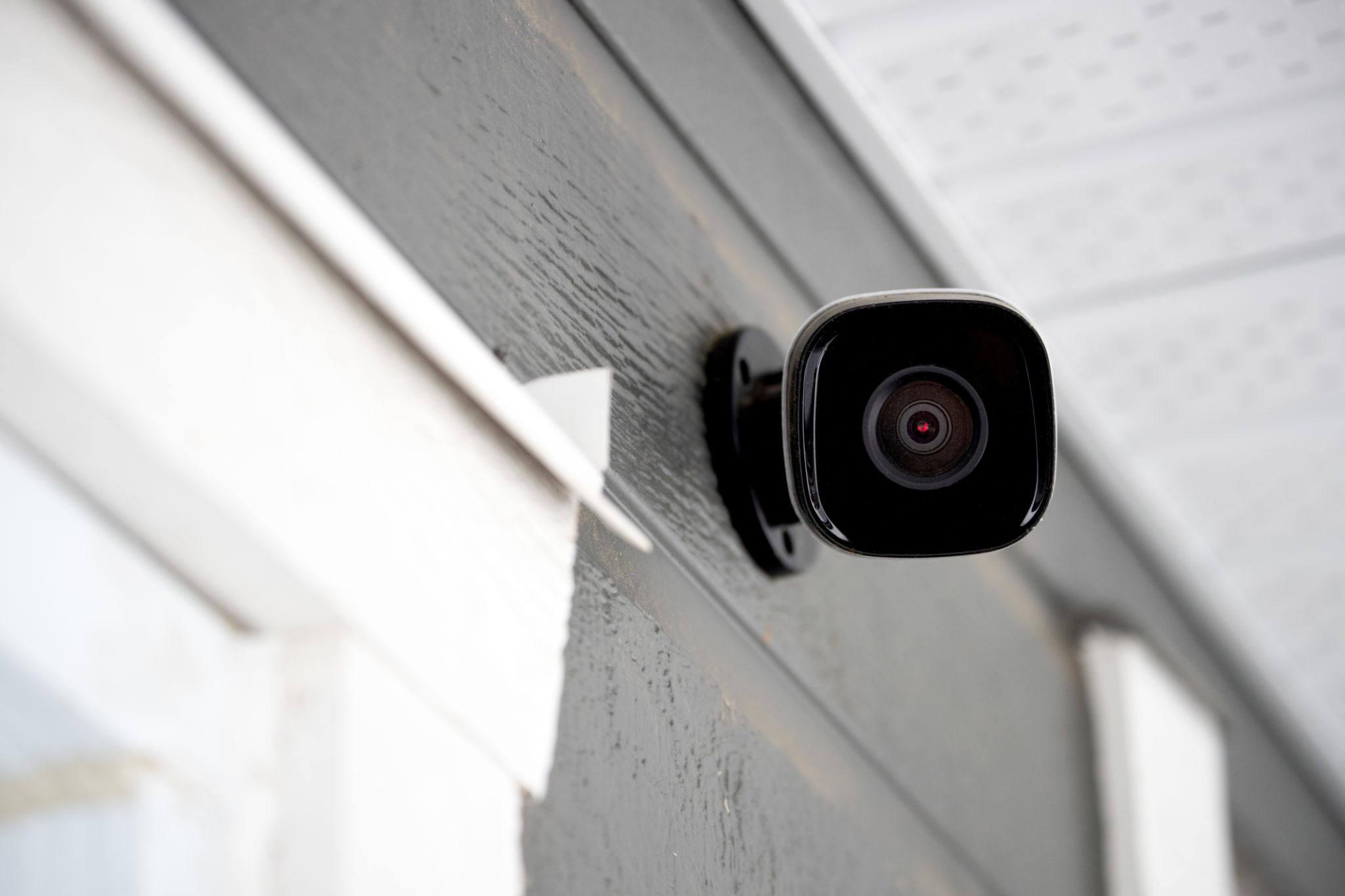Myth-Busting: Common Misconceptions About Basement Waterproofing
Understanding Basement Waterproofing
Basement waterproofing is an essential part of home maintenance, yet it is often misunderstood. Whether you're a homeowner or a prospective buyer, it's crucial to separate fact from fiction to make informed decisions about protecting your property. In this post, we'll tackle some common misconceptions about basement waterproofing and provide clarity on this important topic.

Myth #1: Waterproofing Is Only Necessary for Old Homes
A prevalent myth is that only older homes require basement waterproofing. While it's true that older homes may have more apparent issues due to wear and tear, new homes are not immune. Construction materials and techniques can vary, and even new homes can suffer from poor drainage or inadequate waterproofing systems. Ensuring proper waterproofing from the start can prevent costly repairs down the line.
Myth #2: Waterproof Paint Is a Complete Solution
Some homeowners believe that applying waterproof paint is all that's needed to protect their basements from moisture. However, this is a misconception. While waterproof paint can help manage minor moisture problems, it is not a comprehensive solution for significant water intrusion issues. Effective basement waterproofing often requires a combination of interior and exterior solutions.

Myth #3: DIY Solutions Are Just as Effective
Many homeowners are tempted to tackle waterproofing as a DIY project, but this approach can be risky. Without the proper knowledge and tools, DIY solutions may only provide temporary relief and could potentially exacerbate the problem. Hiring a professional ensures that the root cause of water intrusion is identified and addressed effectively.
Identifying the Right Waterproofing Method
Choosing the right waterproofing method depends on several factors, including the source of water intrusion and the condition of your existing foundation. Common methods include:
- Interior Sealants: Used for minor leaks but not suitable for significant water problems.
- Exterior Waterproofing: Involves excavation and applying external barriers to prevent water penetration.
- Drainage Systems: Such as French drains, to redirect water away from the foundation.

Myth #4: All Waterproofing Companies Are the Same
It's easy to assume that all basement waterproofing companies offer the same level of service, but this isn't true. When selecting a company, consider their experience, customer reviews, and the warranties they offer. A reputable company will conduct a thorough inspection and provide you with tailored solutions for your specific needs.
Why Waterproofing Is Worth the Investment
Some homeowners hesitate to invest in basement waterproofing due to cost concerns. However, the potential savings in preventing water damage, mold growth, and structural issues far outweigh the initial investment. Waterproofing protects your home's value and provides peace of mind.

In conclusion, understanding the facts about basement waterproofing can help you make informed decisions about maintaining your home. By dispelling these common myths, you can better protect your property from water-related issues and ensure its longevity.
